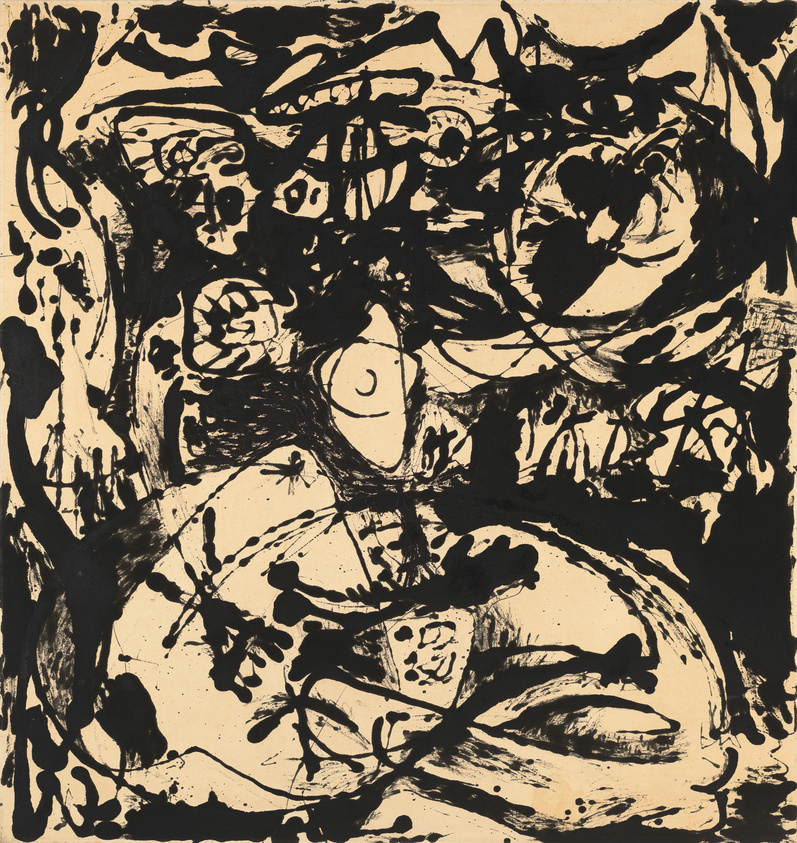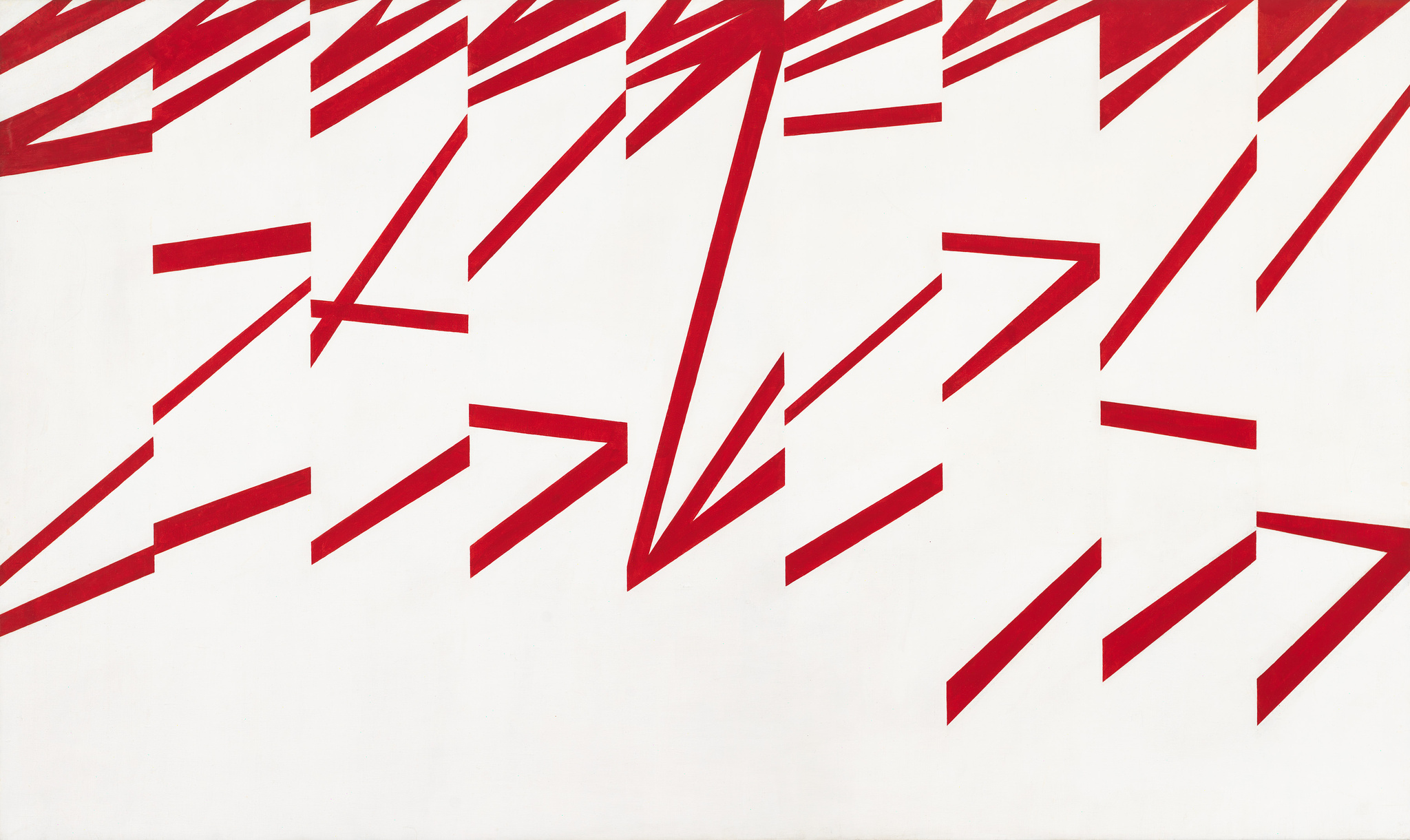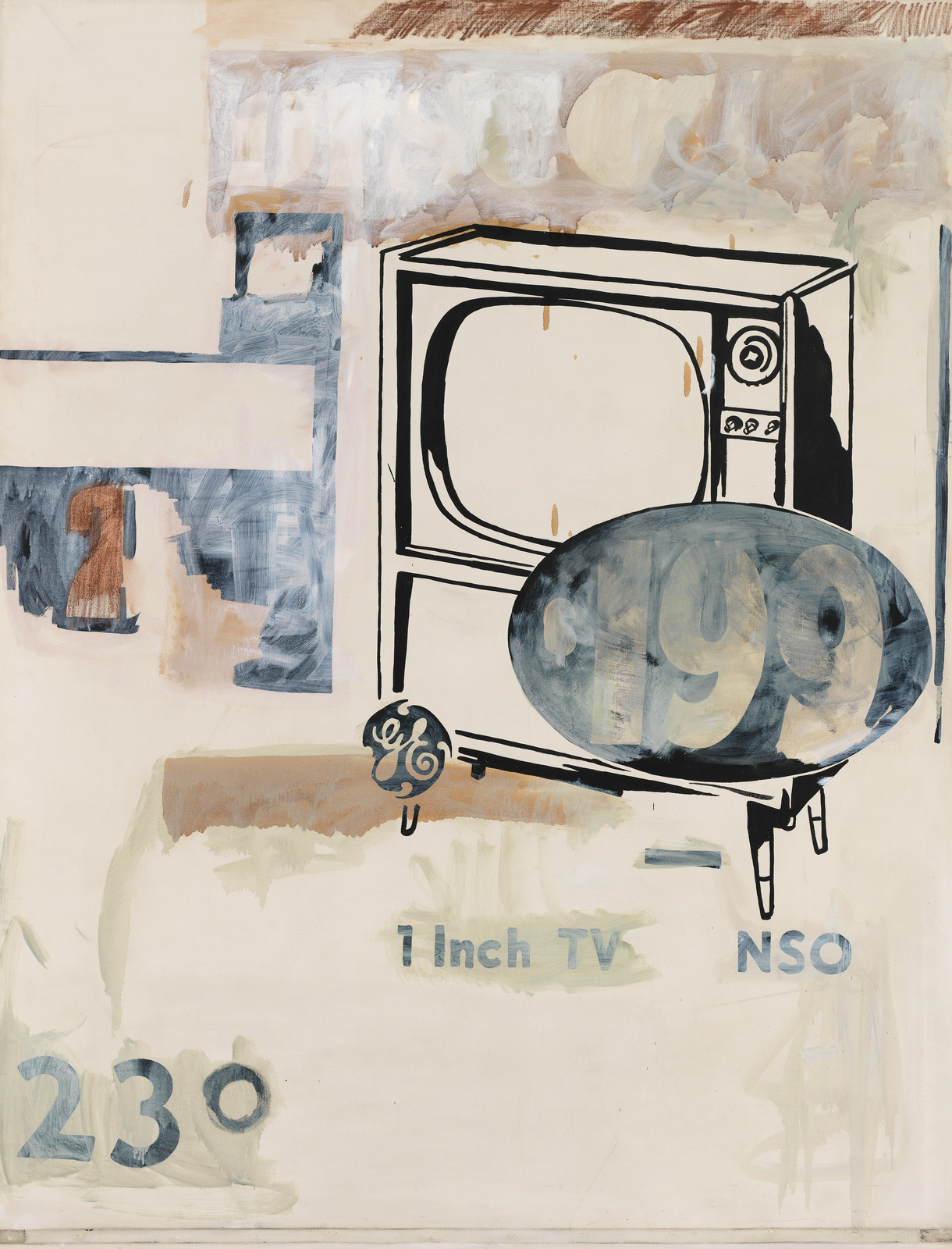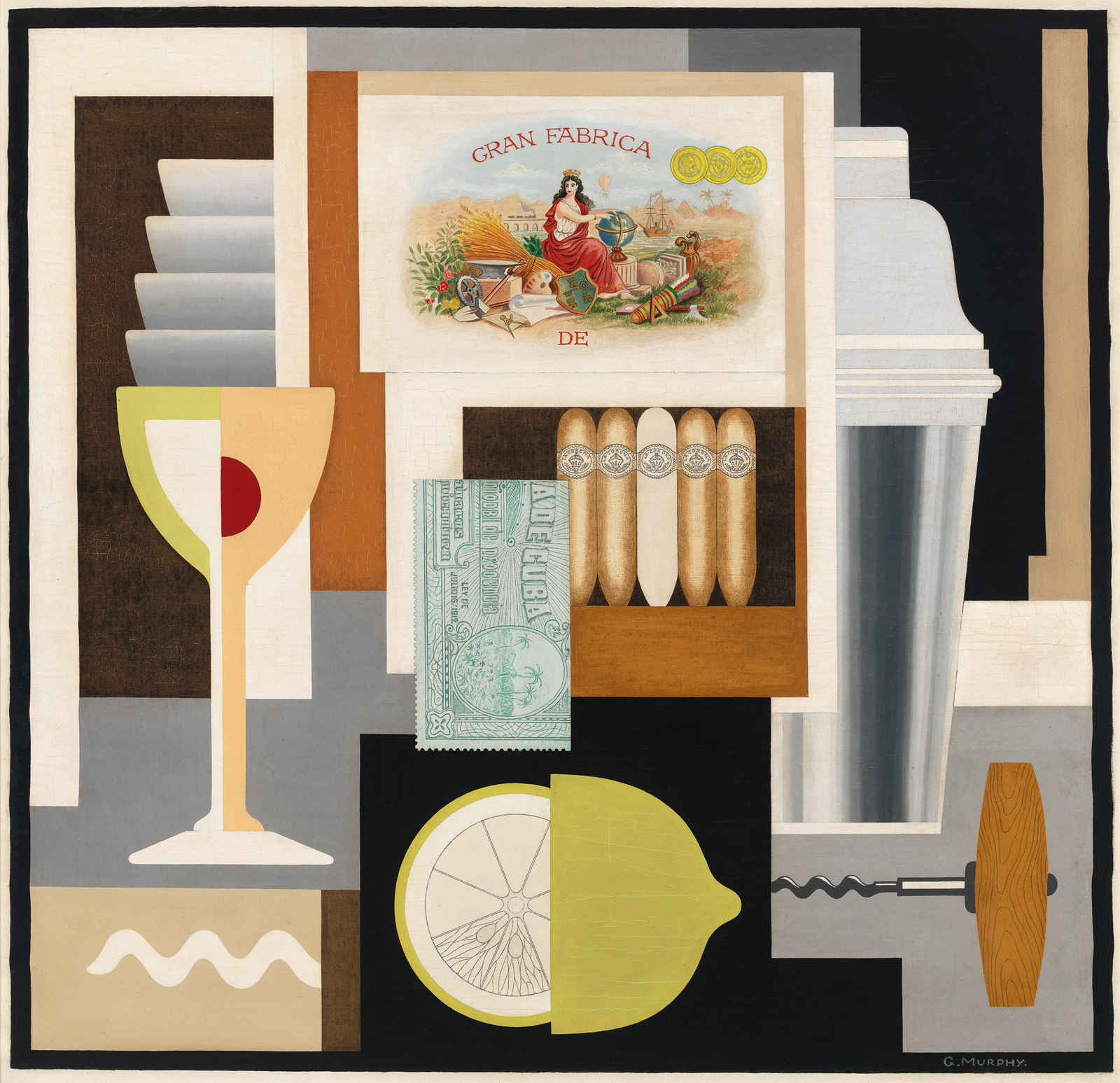Number 18, 1951 belongs to a series of black enamel paintings that Jackson Pollock executed in 1951 and 1952. In the series, the allover composition and varied palette of the artist’s slightly earlier colored “drip” paintings gave way to a monochrome calligraphy set against a white ground. Pollock worked on long strips of canvas placed on the floor and, in addition to his standard sticks and hardened brushes, he used basting syringes to apply the enamel. Representational elements exist among the black whorls; indeed, many at the time saw the black enamel paintings as Pollock’s return to figuration, a controversial move that was perceived by some members of the art world as a retreat from his earlier, more wholly abstract idiom. The artist had anticipated this reaction, however, and paintings such as Number 18, 1951 did not mark as dramatic a shift in his practice as many thought. As Pollock’s wife and fellow painter, Lee Krasner, explained, “I saw his paintings evolve: many of them, many of the most abstract, began with more or less recognizable imagery—heads, parts of the body, fantastic creatures. Once I asked Jackson why he didn’t stop the painting when a given image was exposed. He said, ‘I choose to veil the imagery.’ Well, that was that painting. With the black-and-whites he chose mostly to expose the imagery.”
Not on view
Date
1951
Classification
Paintings
Medium
Enamel on canvas
Dimensions
Overall: 59 1/4 × 55 7/8in. (150.5 × 141.9 cm)
Accession number
2002.258
Credit line
Whitney Museum of American Art, New York; gift of The American Contemporary Art Foundation, Inc., Leonard A. Lauder, President
Rights and reproductions
© Pollack-Krasner Foundation/Artists Rights Society (ARS), New York






